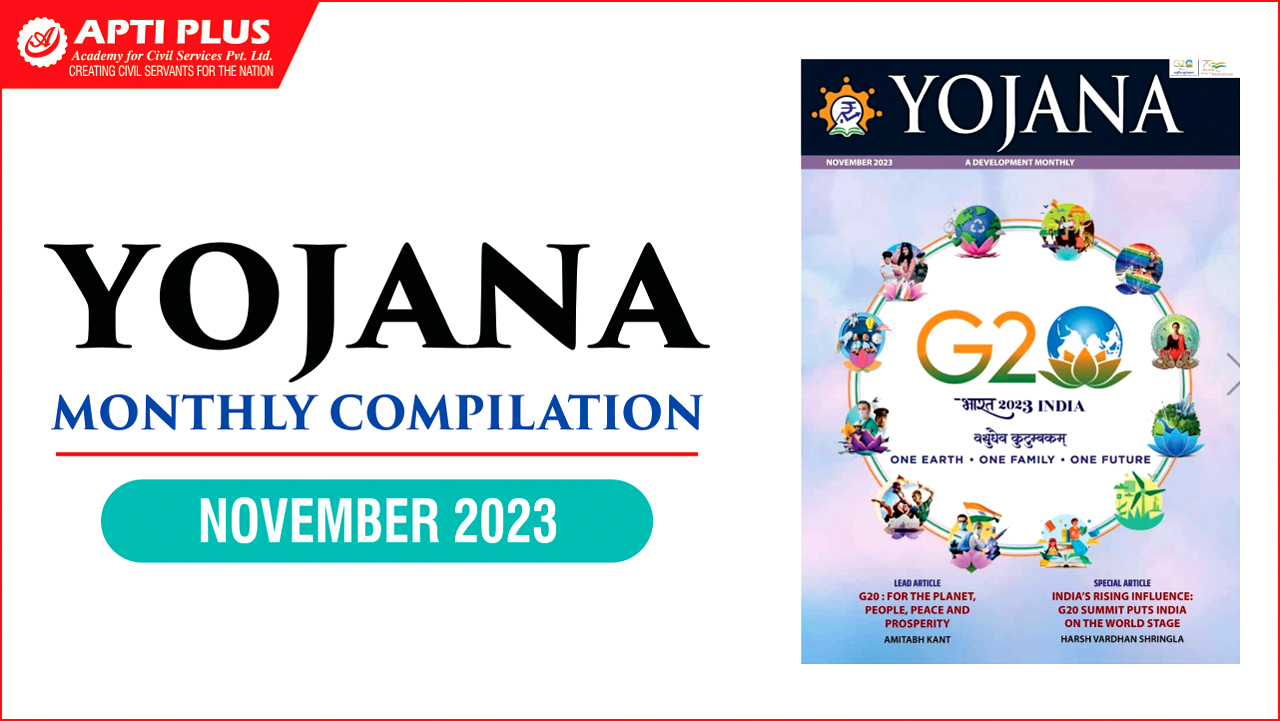Description

Copyright infringement not intended
Picture Courtesy: NDTV
Context: The Supreme Court of India is currently addressing challenges to specific provisions of the 1985 Assam Accord, centred on citizenship, the status of "illegal immigrants," and the rights of indigenous Assamese citizens in response to the issue of migrants from Bangladesh entering Assam.
Details
- The ongoing case before the Supreme Court of India involves a challenge to certain provisions of the Assam Accord signed in 1985 between the Rajiv Gandhi government and the All Assam Students’ Union. The Accord aimed to address the issue of migrants from Bangladesh entering Assam and culminated in a six-year-long agitation.
- The focus of the current legal proceedings is on questions related to citizenship, the status of "illegal immigrants," and the rights of indigenous Assamese citizens.
Background
Assam Accord and Key Elements
- Signed in 1985 between the government and the All Assam Students’ Union.
- It determines who is considered a foreigner in the state of Assam.
- The National Register of Citizens (NRC) in Assam, published in 2019, is based on the principles outlined in the Assam Accord.
Challenge to the Accord
- The constitutional bench, headed by the Chief Justice of India, is considering a plea challenging one of the core elements of the Accord, specifically related to the determination of who is a foreigner in Assam.

Key Legal Issues
Cut-off Date and Section 6A
- Clause 5 of the Assam Accord sets January 1, 1966, as the base cut-off date for the detection and deletion of "foreigners."
- Section 6A of the Citizenship Act was inserted to accommodate provisions for the regularization of those who arrived in Assam between January 1, 1966, and March 24, 1971.
- The challenge questions the constitutional validity of Section 6A and proposes establishing 1951 as the cut-off date for inclusion in the National Register of Citizens, instead of 1971.
Discrimination and Constitutional Validity
- The petition argues that Section 6A is discriminatory and arbitrary, as it establishes a different cut-off date for Indian citizenship in Assam compared to the rest of India (July 1948).
- The petition claims that this differential treatment is violative of the rights of indigenous Assamese people.
Constitutional Questions Framed by the Court
- The court has framed 13 questions for deliberation by a constitutional bench.
- These questions cover issues related to the constitutional validity of Section 6A, its impact on political rights, violation of fundamental rights, and the potential demographic and cultural impact on the state of Assam.
Core Arguments
ASM's Position
- The Assam Sanmilita Mahasangha (ASM), the primary petitioner, argues that the application of Section 6A has led to a change in the demographic pattern of Assam, adversely affecting the indigenous people.
- They contend that the differential cut-off date is detrimental to the economic and political well-being of the state and acts against the cultural survival of its people.
Potential Impact on Demography and Culture
- The ASM suggests that the implementation of Section 6A has favoured certain groups, leading to demographic changes and negatively affecting the cultural identity, political control, and employment opportunities of the indigenous population.
Constitutional Issues and Questions
- Variation of Article 6: Questions whether Section 6A can prescribe a cut-off date different from Article 6 without a "variation" of Article 6 itself.
- Violation of Political Rights: Examines whether Section 6A violates Articles 325 and 326 by diluting the political rights of citizens of Assam.
- Fundamental Right under Article 29(1): Explores the scope of the fundamental right contained in Article 29(1) and whether Section 6A violates it.
- Article 355 and External Aggression: Considers whether Section 6A violates Article 355 and whether an influx of illegal migrants constitutes "external aggression" or "internal disturbance."
- Article 14 and Discrimination: Examines whether Section 6A discriminates against Assam by singling it out from other border states and whether there is a rational basis for a separate cut-off date.
- Article 21 and Impact on Lives: Questions whether Section 6A violates Article 21 by adversely affecting the lives and personal liberty of citizens of Assam due to the influx of illegal migrants.
- Rule of Law and Political Expediency: Explores whether Section 6A violates the Rule of Law by giving way to political expediency rather than being in accordance with the law.
- Mechanism for Determining Ordinary Residence: Examines the absence of a mechanism in Section 6A to determine the ordinary residence of individuals entering Assam, potentially granting citizenship arbitrarily.

Conclusion
- The ongoing legal proceedings involve a comprehensive examination of the constitutional validity of Section 6A and its implications on citizenship, demographic patterns, and the rights of the indigenous population in Assam. The outcome of the case will likely have significant consequences for the state and its residents.
Must Read Articles:
Free Movement Regime (FMR): https://www.iasgyan.in/daily-current-affairs/free-movement-regime-fmr
Defining ‘Assamese’: https://www.iasgyan.in/daily-current-affairs/defining-assamese
NRC Exercise: https://www.iasgyan.in/daily-current-affairs/nrc-exercise
|
PRACTICE QUESTION
Q. What are the key challenges and potential socio-economic impacts associated with the presence of illegal migrants in India, and how is the government addressing these issues?
|















